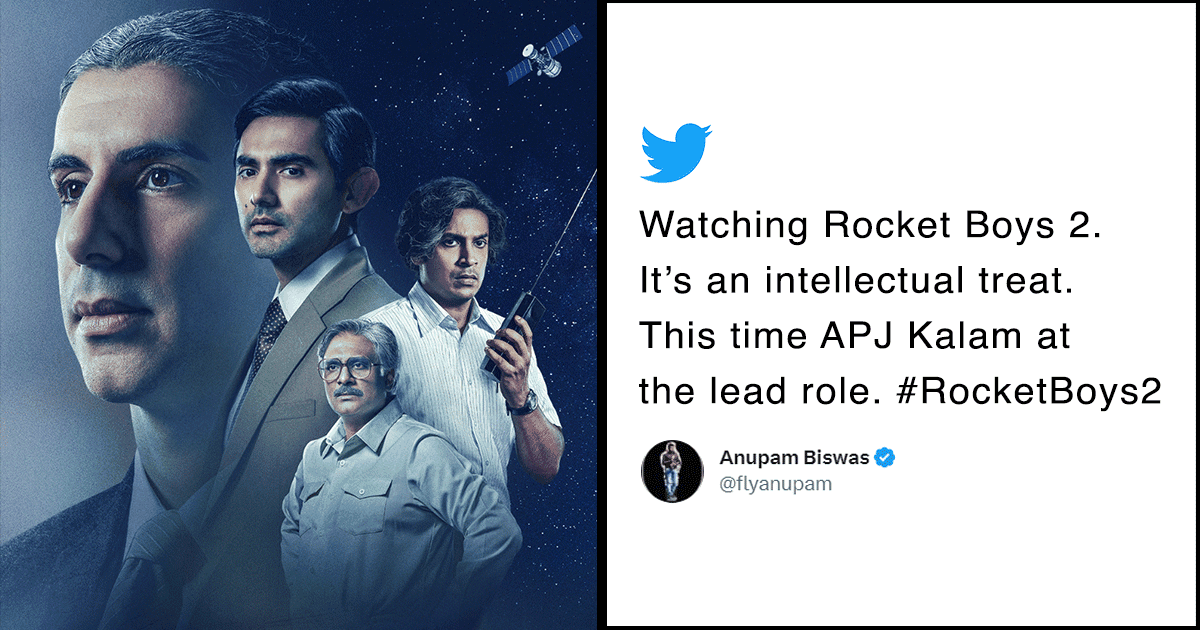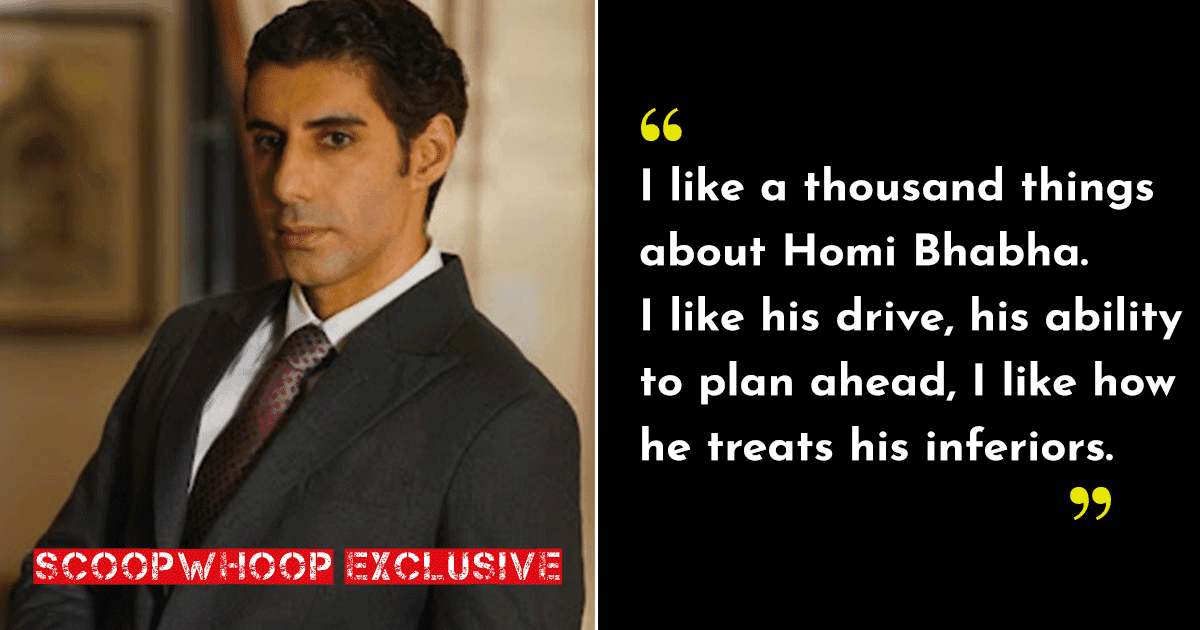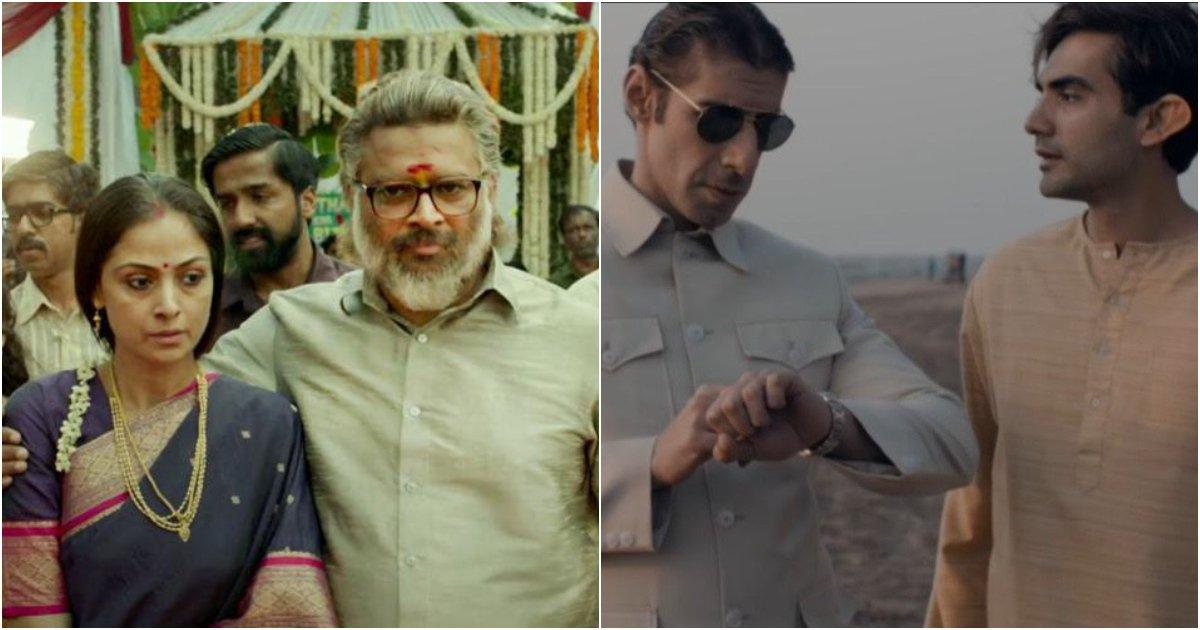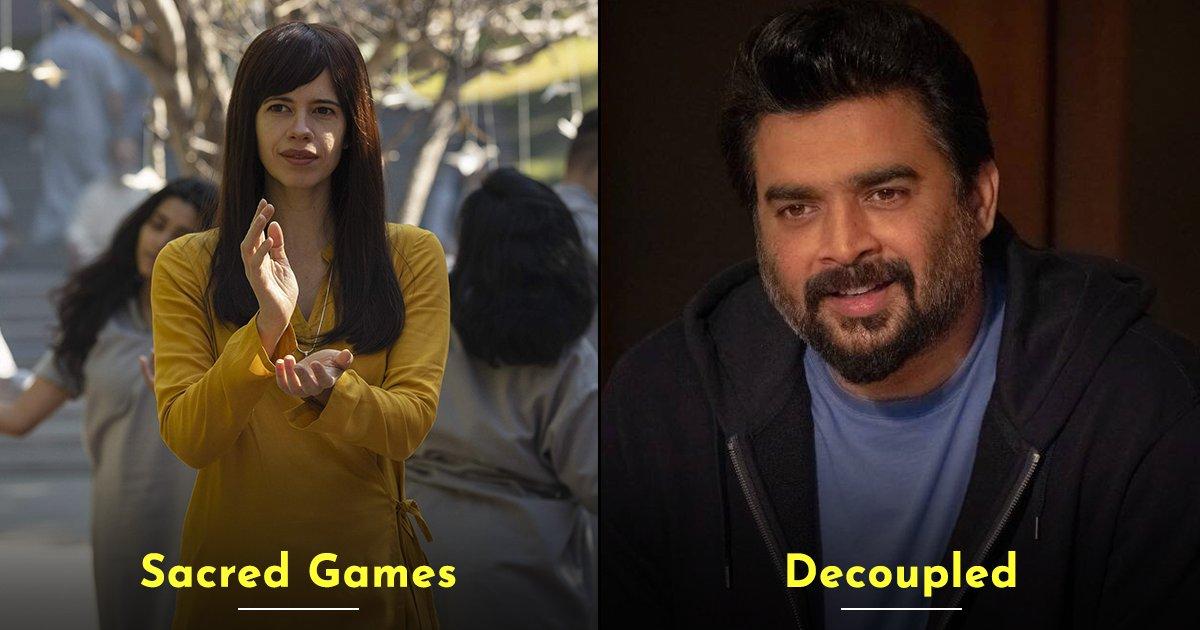Rocket Boys, the newly-released show on Sony Liv, throws light on the life and work of two great Indian scientists, Homi Jehangir Bhabha and Vikram Sarabhai. Here we look at some of the other pioneers who left a great impact with their work in the field of science.
1. CV Raman, the first Asian recepient of the Nobel Prize who discovered the ‘Raman scattering’ or the scattering of photons when they pass through matter.
CV Raman was the great Indian physicist who studied the scattering of light and discovered a phenomenon that is now known as the ‘Raman scattering’. His pioneering work in the field won him the Nobel Prize in 1930, making him the first Asian to win in any field of science. He made this discovery along with fellow scientist K.S. Krishnan – and it helped the two make a great impact in the way molecular physics was perceived.
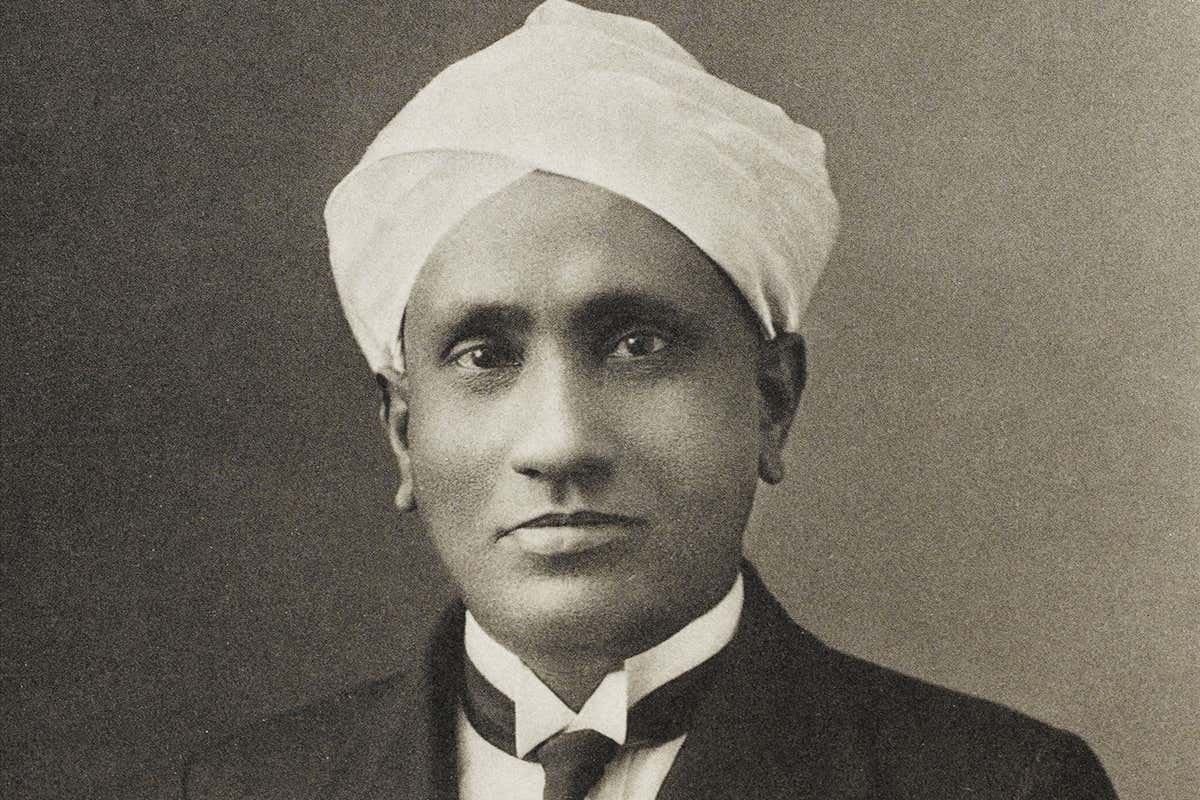
2. Homi Jehangir Bhabha, the father of India’s nuclear program, played a huge role in starting nuclear research in the country, laying the groundwork for its accomplishments today.
Homi Jehangir Bhabha is widely known as the father of the Indian nuclear program. He was the one who wrote to Sir Dorabji Tata Trust, mentioning how India did not have adequate facilities for nuclear power research and urged the industrialist to open an institute for the same. Bhabha would travel across the world to represent India and talk about the effort it has made in the nuclear power sector. A lot that the country achieved in the nuclear power sector has been thanks to Bhabha’s approach.
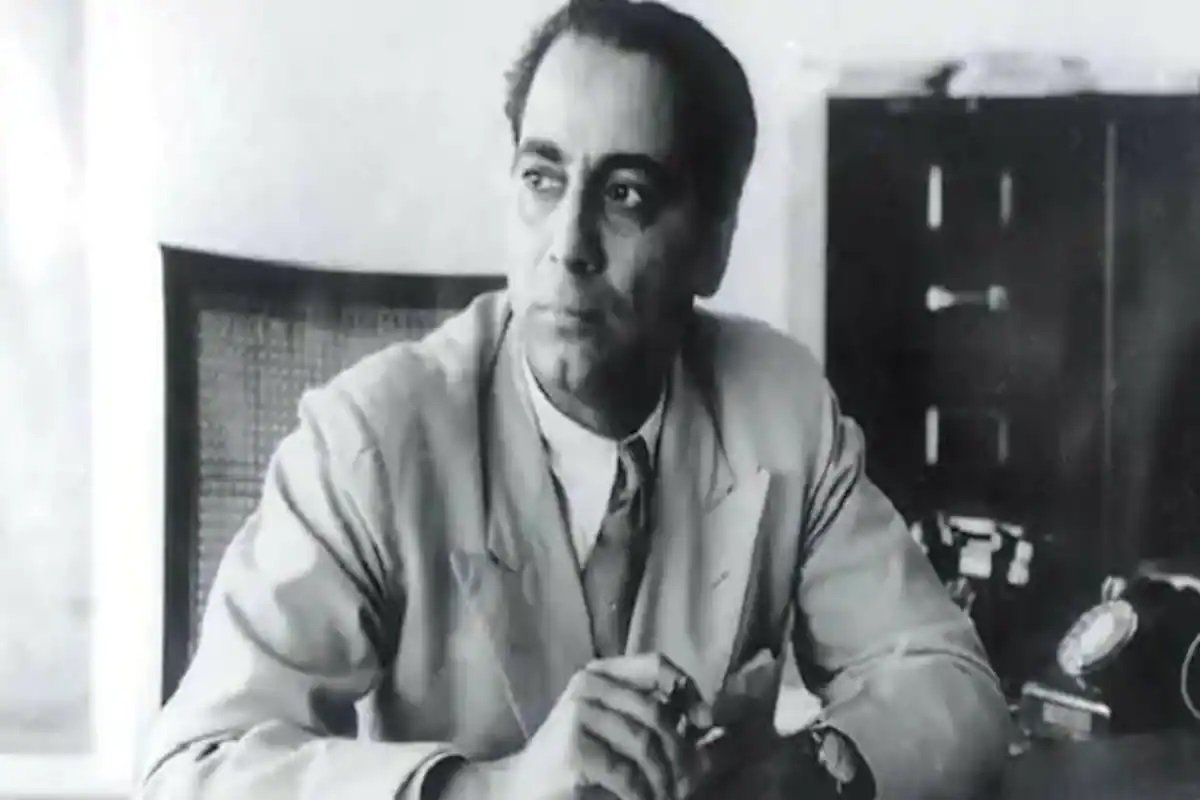
3. Satyendra Nath Bose, a scientist in the field of Quantum physics, worked with Albert Einstein and has a specific kind of sub-atomic particle, Boson, named after him.
He worked closely with Albert Einstein after the latter got the Indian’s paper ‘Planck’s Law and Hypothesis of Light Quanta’ published in German giving him due credit. Bose did some pioneering work in the field of Quantum physics and a sub-atomic particle was named after him to be called Boson, to pay a tribute to the scientist’s work.
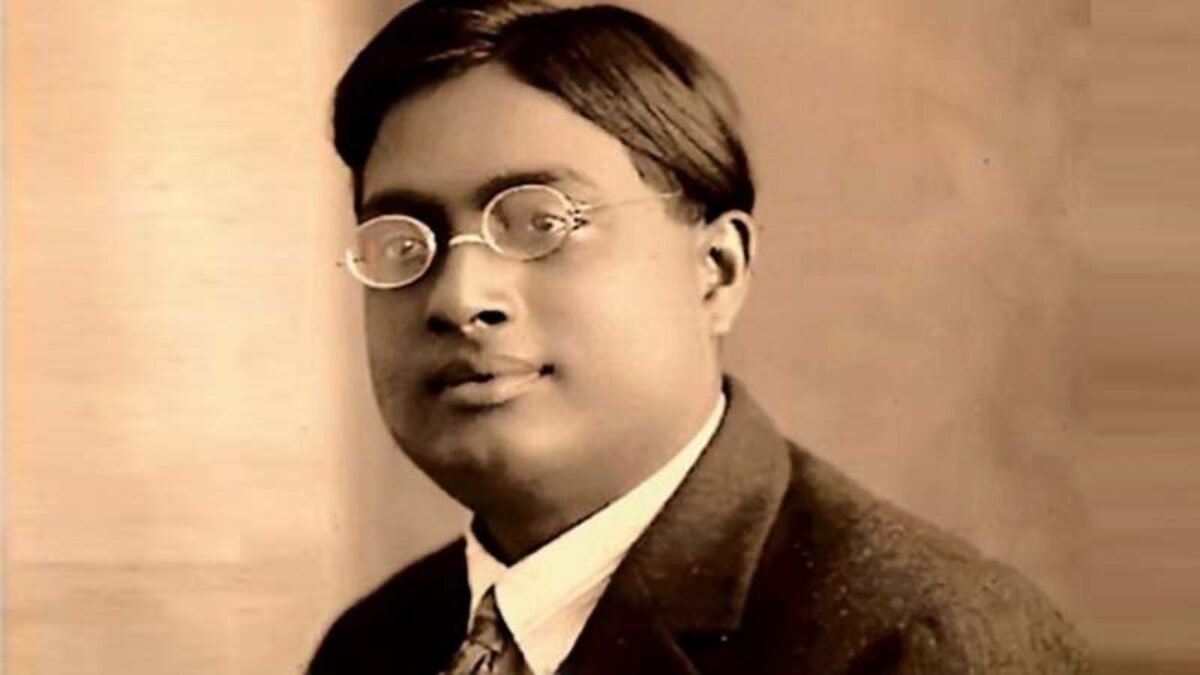
4. Meghnad Saha developed the ionization equation that was subsequently named after him. This equation helps astrophysicists work out the physical and chemical state of the stars.
The astrophysicist worked very hard on an ionization equation that is now named after him – the Saha ionization equation. This equation helps us study the chemical and physical state of the stars, and is highly useful in this stream of science. Speaking of Saha’s work, Norwegian astrophysicist Svein Rosseland had said, “The impetus given to astrophysics by Saha’s work can scarcely be overestimated, as nearly all later progress in this field has been influenced by it and much of the subsequent work has the character of refinements of Saha’s ideas”.
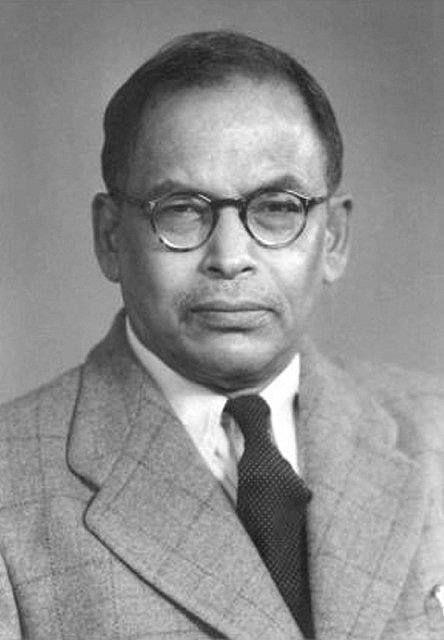
5. Srinivasa Ramanujan, the math wizard, worked alone for most of his early life and developed theorems that were way too advanced for his time and are still being researched by many.
Frequently referred to as a mathematics genius, Ramanujan carried out most of his work alone and in fact, had difficulty in having people take him seriously because his solutions to advanced math problems were too complicated and novel for the late 1890s. He later got in touch with a professor at the University of Cambridge, who invited him over. In the professor’s own words, ” I had never seen anything in the least like them (his theorems) before”. His work led to the formation of the Ramanujan prime, the Ramanujan theta function, etc. His theorems and results are still being analysed extensively, a century after his death.
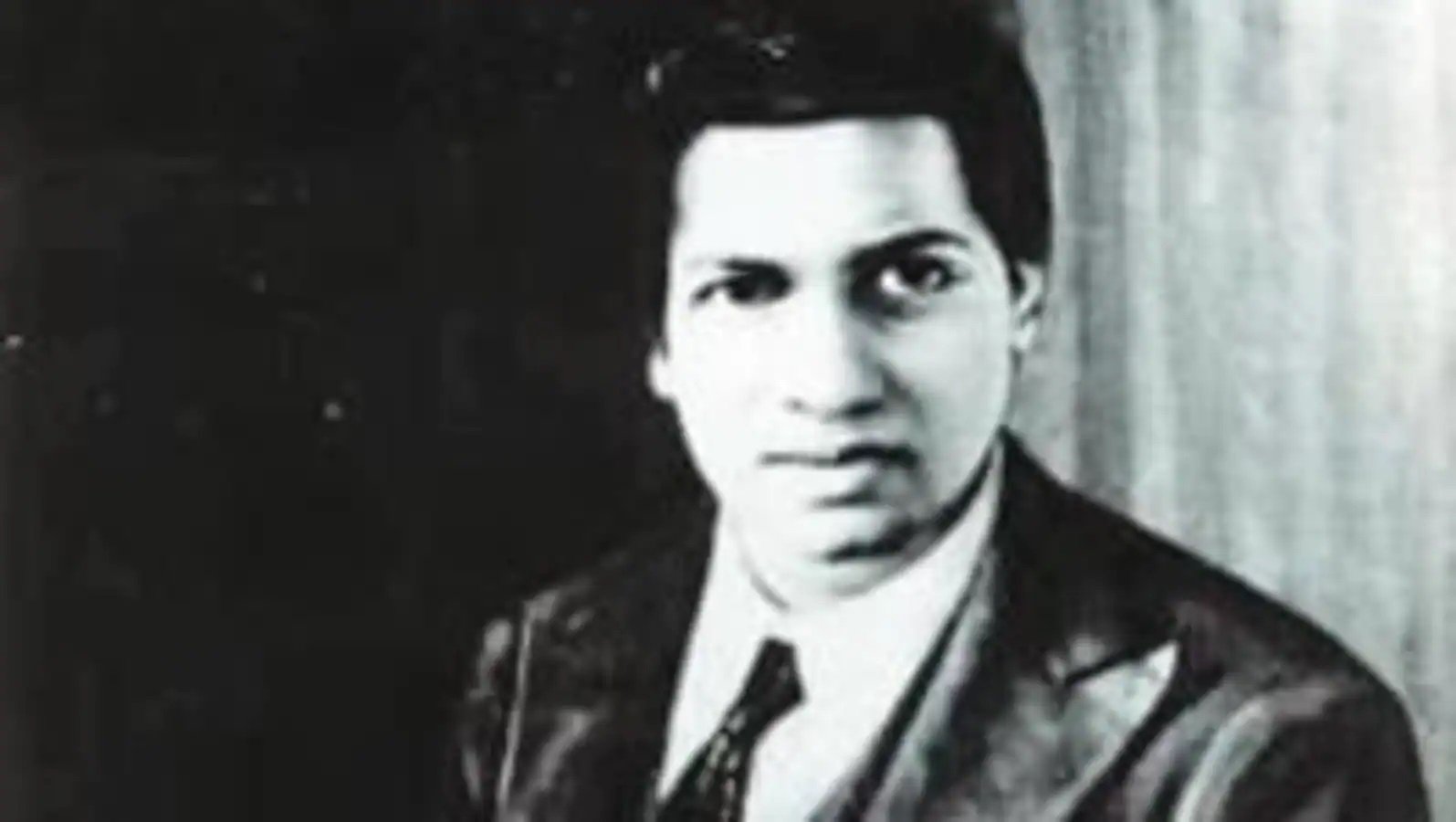
6. Anandibai Gopalrao Joshi was one of the first women from India to receive higher education in medicine in the US. She studied at the Women’s Medical College of Pennsylvania in the late 1880s.
She was the first Indian woman to have studied medicine in the US. She was married at the age of 9 and became pregnant a few years later. However, she lost her kid due to poor medical facilities and decided to study to make life better for others. She studied at the Women’s Medical College of Pennsylvania, the world’s first medical science program for women.
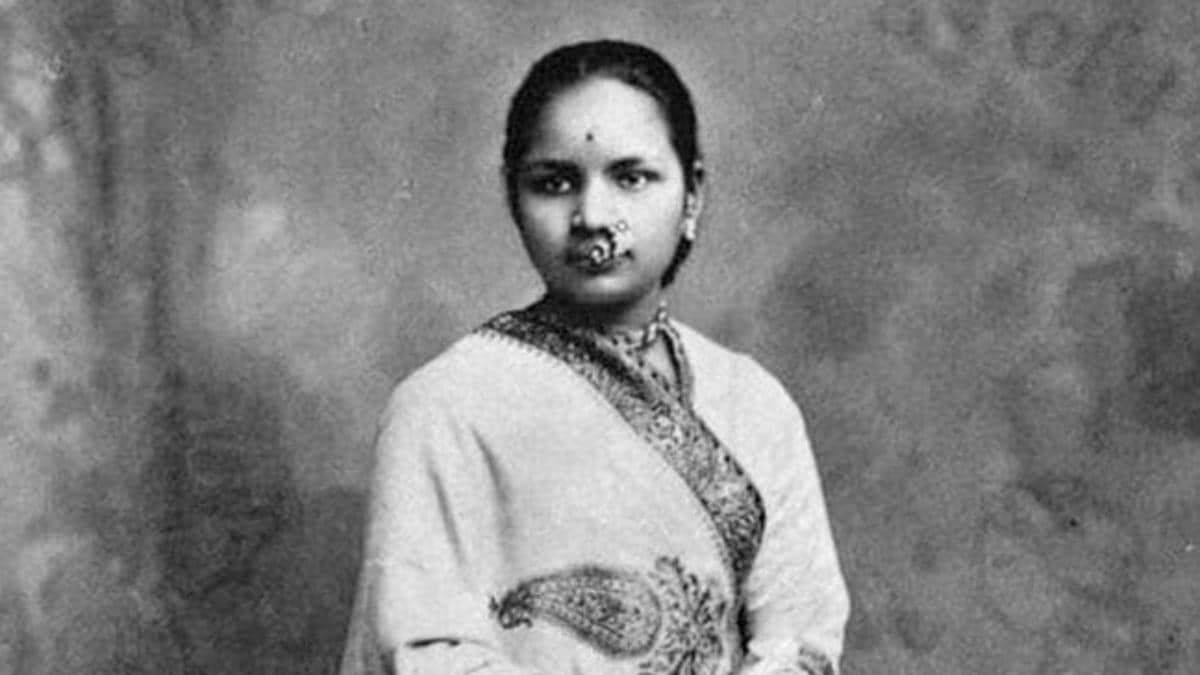
7. J.C. Bose was the inventor of crescograph, a device that gauges the growth of plants and how they respond to stimlus. He also developed wireless communication.
J.C. Bose worked in many fields but what he is recognised for the most is wireless communication. He refused to patent his work, thus giving everyone a chance to analyse it freely and develop their own theories and inventions. He also invented crescograph which is used to measure plants’ response to stimulants and in turn, how they grow.
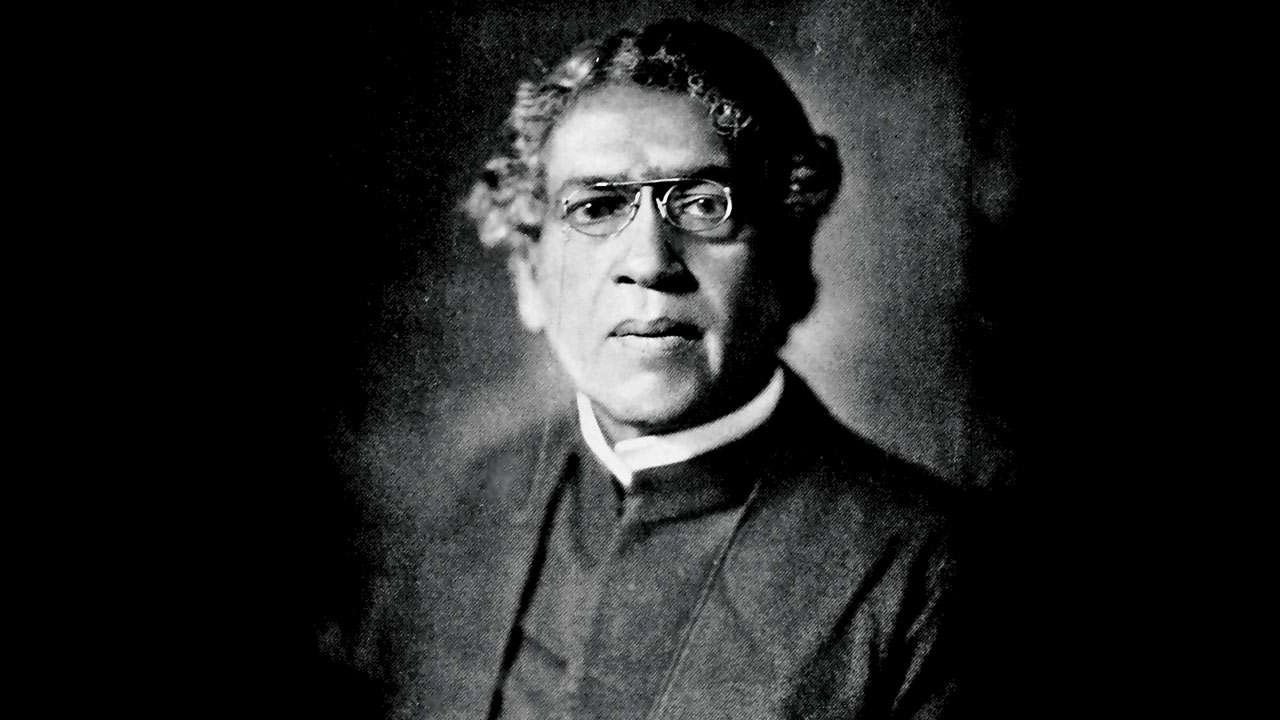
8. Dr. Indira Hinduja delivered India’s first test-tube baby and Gamete intrafallopian Transfer baby within two years from each other.
Dr. Hinduja delivered the first test-tube baby in India, as well as the first Gamete intrafallopian Transfer (GIFT) child. These were 2 years apart in 1986 and 1988, respectively. Her work in the field changed a lot for the reproduction sciences in the country and she was awarded Padma Shri for the same.
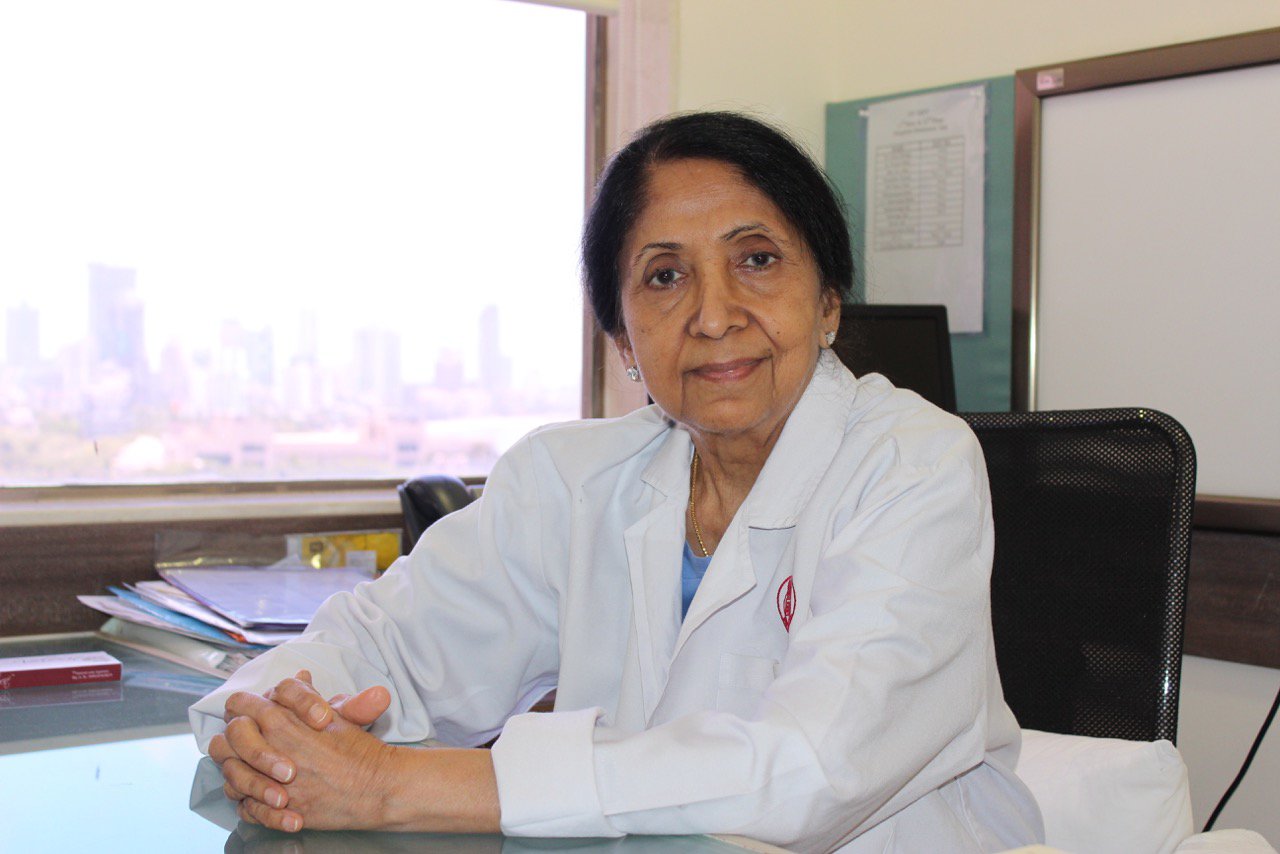
9. Vikram Sarabhai, the father of India’s space program, wrote to the then government and helped in founding INCOSPAR which is now known as the ISRO.
Vikram Sarabhai is widely regarded as the father of the Indian Space Program as he was one of the leading voices that urged the government to start the Indian Space Research Organization (ISRO). He also worked closely with Bhabha for India’s nuclear research program. He was the first president of INCOSPAR that would later become ISRO, and did a lot of research on cosmic rays.
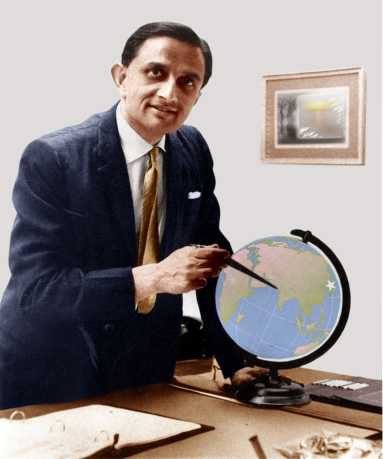
10. APJ Abdul Kalam, the ‘Missile Man of India’ helped in the development of ballistic missile and launch vehicle technology. He also had a huge role to play in the country’s second nuclear test in 1998.
Kalam’s life has been documented by many as he has emerged as one of the most inspiring figures of our times in the field of science, and otherwise. He worked at ISRO, helped India develop missiles and of course, served as our beloved 11th President.
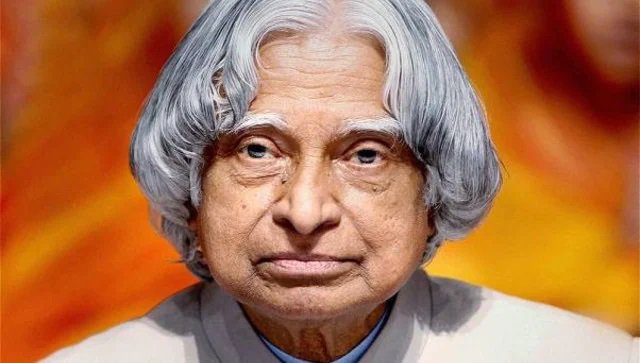
Obviously, there are many more names that can be added to the list. Endlessly proud of all of them.




